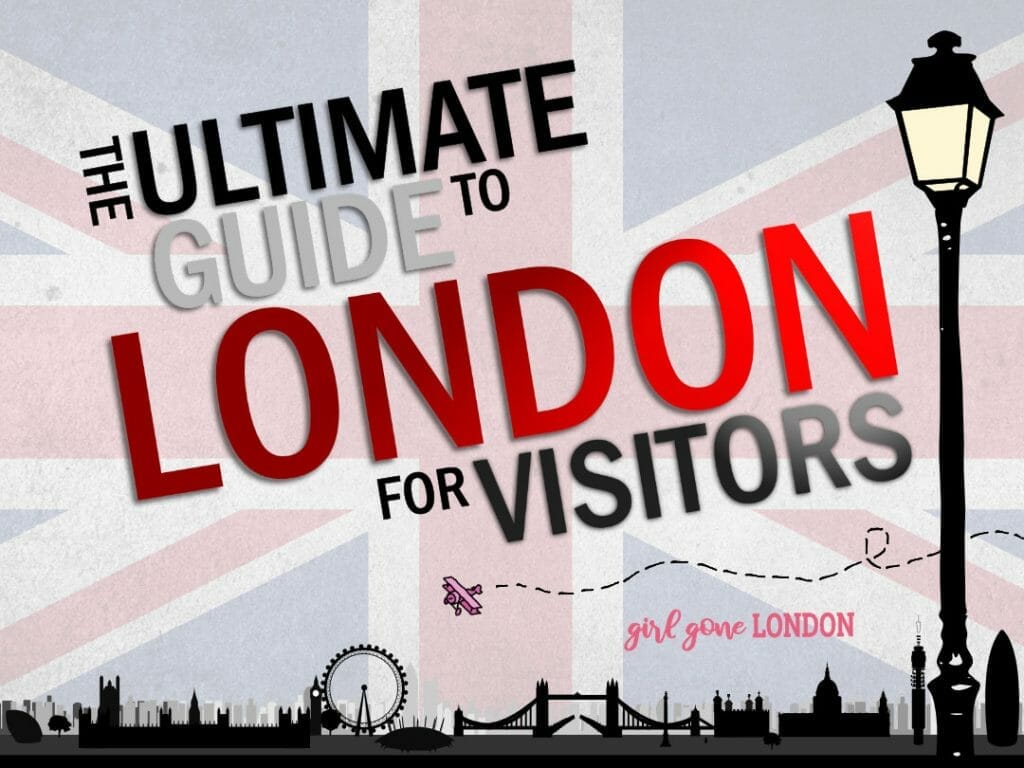This post contains affiliate links for which I may make a small commission to help keep the site running. You will not be charged extra for these items had you not clicked the links. Thank you for your help to keep the site running!
Whether you’re looking for fun facts about London to figure out how in the world those Tower of London ravens came to be, or maybe you’re wondering about interesting facts about London to figure out why everyone thinks Tower Bridge is called London Bridge, this city is rife with fascinating facts and figures.
After all, this is a city that was built before gridded streets, and it’s in Britain so you can automatically assume there are plenty of weird and wonderful traditions that have stayed because…well, just because!
Enjoy this guide to some of the coolest London facts, and use them for a London pub quiz or just enhance your own knowledge so you’ll be showing off your London trivia as you tour its amazing landmarks.
I’ve also got fun facts about the London Eye, facts about the Tower of London, and Big Ben facts for you!
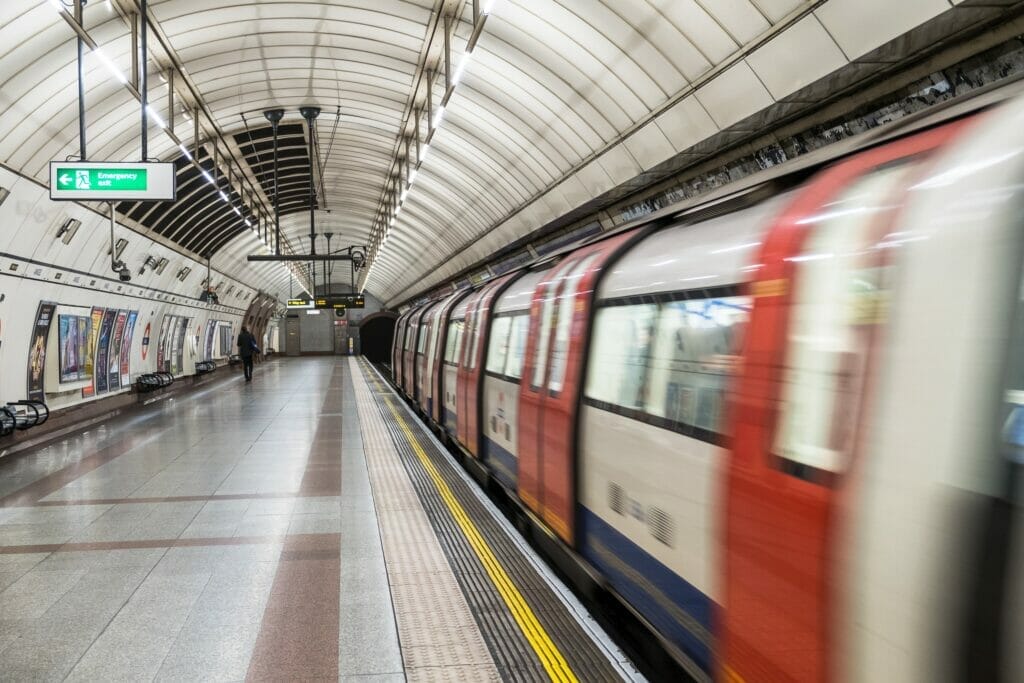
GET A FREE LONDON INTRO GUIDE and ACCESS TO MY FB GROUP
Start your planning with this “Intro to London” guide and access to my London planning Facebook group!
Hey! Want more honest UK tips and planning advice? Click here to join my London and UK Travel Tips Facebook group, where I can answer more of your questions!
Check out the YouTube channel for more London tips
Facts about London
1. The big, famous bridge isn’t called London Bridge, it’s actually Tower Bridge!
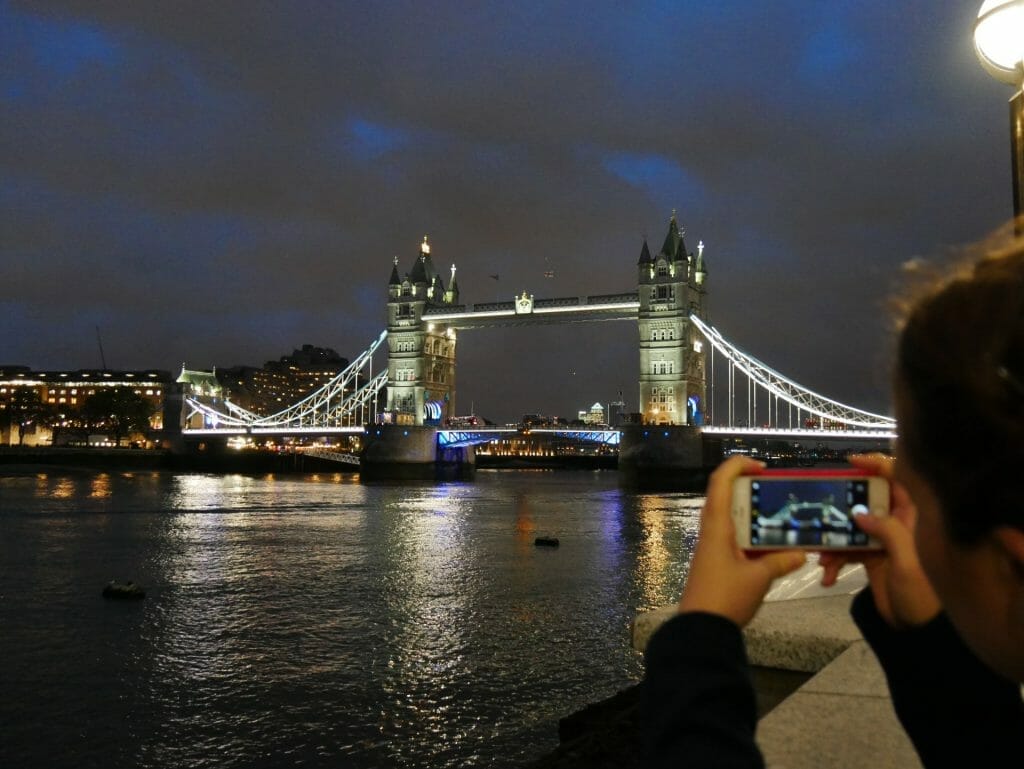
That’s right!
Everyone looks at London’s most iconic bridge and assumes it’s called “London Bridge,” probably due to the fame of the “London Bridge is falling down” tune, but London Bridge is a simple, nondescript bridge across the Thames that you really wouldn’t notice anything special about.
The main, exciting looking bridge is called Tower Bridge, right next to the Tower of London, and now you know this fun London fact so you won’t look silly!
2. Part of the original London Bridge is now in…Arizona!
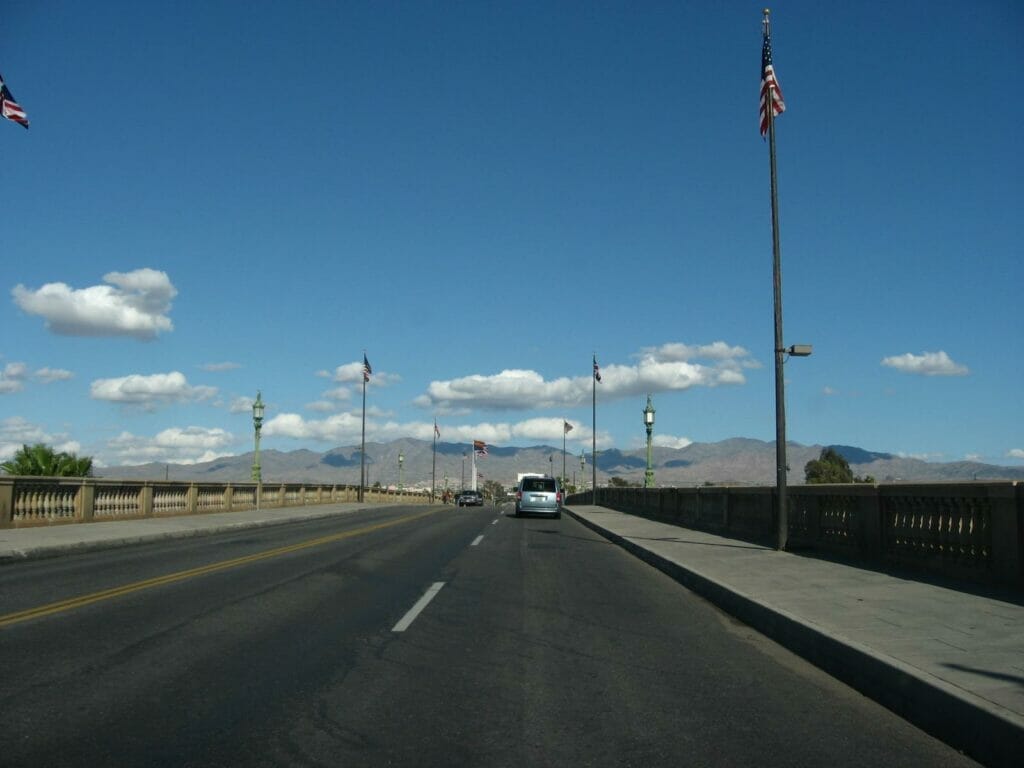
The original London Bridge (that was actually in London) was built in 1831, but by the 1960s, it couldn’t hold the increased weight of the traffic across this part of the river.
So what did they do?
They sold it! To a man named Robert McCulloch.
He purchased the bridge, had it rebuilt and put back together in Arizona in 1971, and it’s been there ever since.
The Arizona London Bridge now links Lake Havasu City with an island in the Colorado River.
3. London is different from the City of London
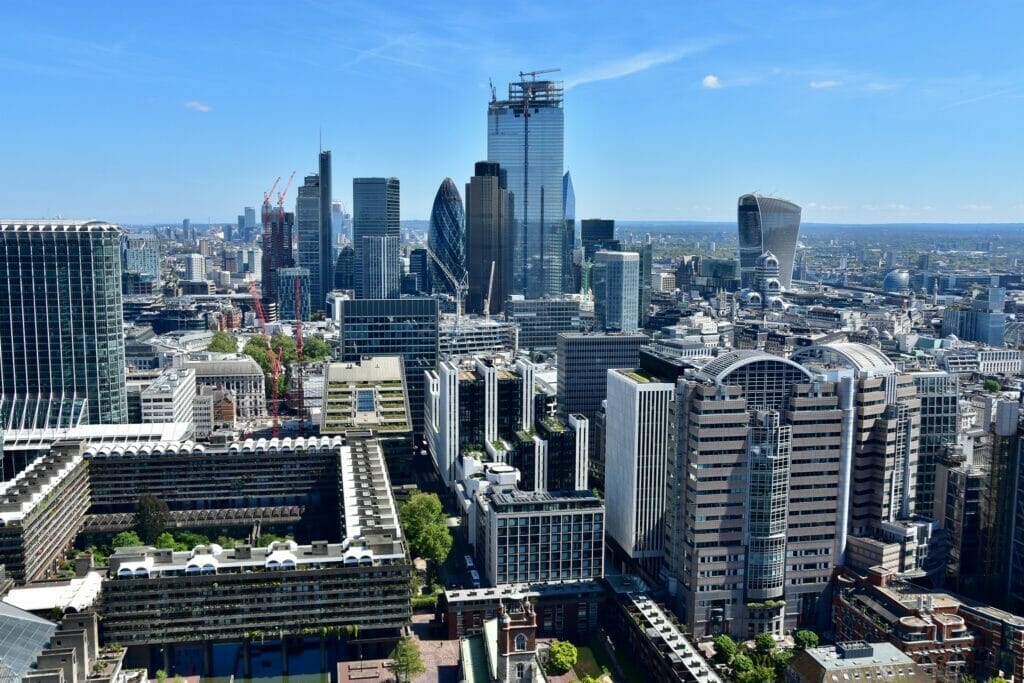
You often hear people talk about the “City” or the “City of London” in guidebooks.
They’re not referring to the entire city of London, but rather one square mile in the center that is the official “City of London,” where the historic center is.
The rest of London grew out from this, and another fun London fact is that the City of London has its own special police force, own mayor, and own government within London.
Today, culturally, it’s considered the heart of the UK’s banking industry and when you visit the City, you’ll mostly find office workers and bankers.
4. The most popular attraction? The British Museum
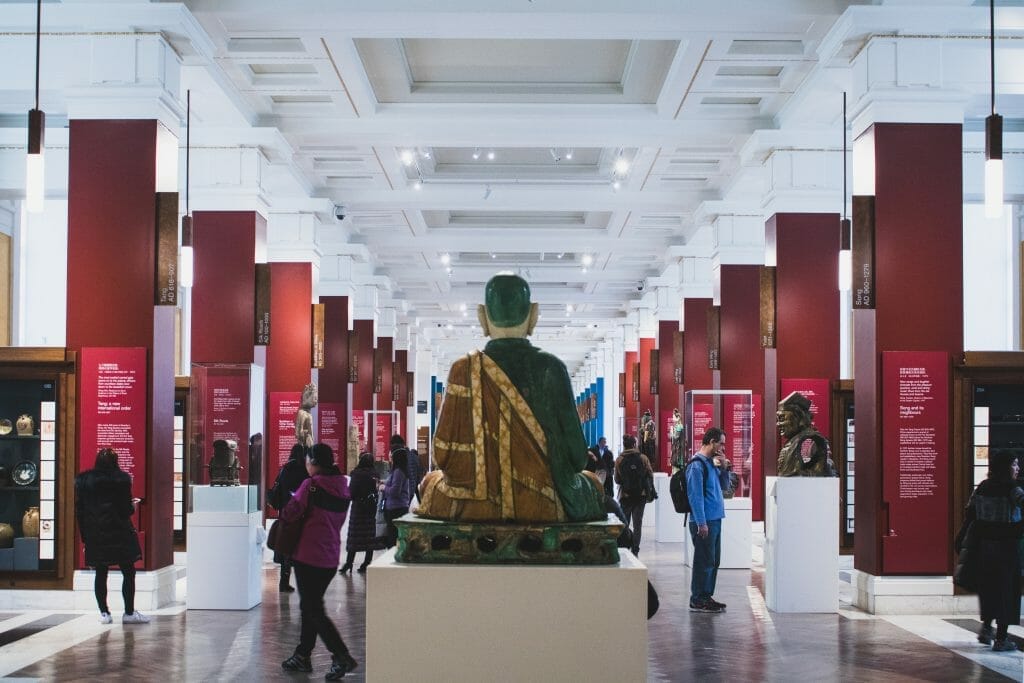
With over 6 million visitors per year, it’s said that the British Museum is the most visited and most popular attraction in London.
It’s one of the best museums in London, so we’re not complaining, though part of its ability to hold so many people compared to other famous London attractions may have something to do with the fact that it is free to the public, thus increasing visitor numbers.
5. Big Ben isn’t the clock – it’s the bell!
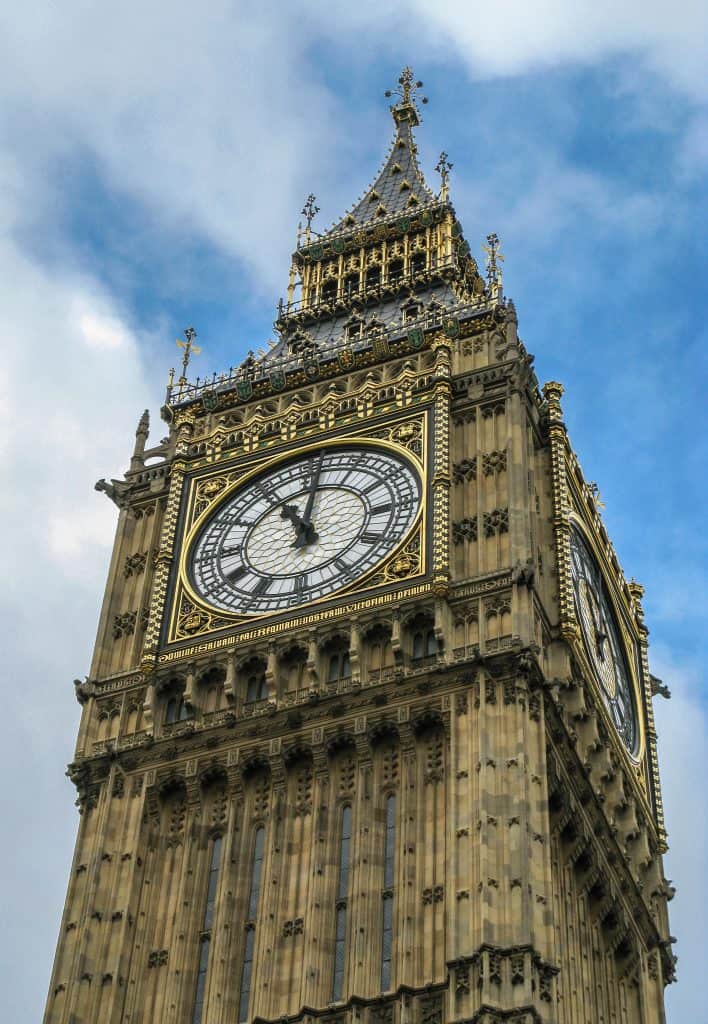
The actual tower that holds Big Ben is called the Elizabeth Tower, but everyone mostly calls it “Big Ben.”
However, you might be corrected by a well-meaning Londoner who knows that Big Ben actually only refers to the bell within the tower (hence why Big Ben chimes – it’s the actual bell!).
6. Over 300 languages are spoken in London

London is one of the most diverse cities in the entire world, with over 300 languages spoken here.
See for yourself as you take a stroll around any street or popular thoroughfare.
You’ll hear lots of British English, but you’ll also hear accents and languages from all over the world.
7. London has previously been named the world’s most vegan-friendly city
Vegans and vegetarians often wonder whether they’ll be able to find something to eat in London, and the truth is: absolutely, yes!
There are so many vegan-friendly options, including Mildreds, Holy Carrot, and Vantra Vegan.
And when you step into many cafes like Pret or Café Nero, you’ll usually find some easily marked vegan options and sandwiches for you to enjoy.
8. The River Thames is chock full of eels!

While population numbers have dropped in recent decades, there are eels in the River Thames, which is another reason not to jump in!
9. The oldest pub in London is the Lamb and Flag

A few different pubs like to argue over which one is the oldest, but one of the most often-cited oldest pubs in London is the Lamb & Flag in Covent Garden.
It’s existed on that spot since at least 1772, when it was called the Coopers Arms, and over the years has transitioned and changed looks while still serving up a pub atmosphere to the local community.
10. Taxi drivers have to take, and pass the “Knowledge,” including every London street
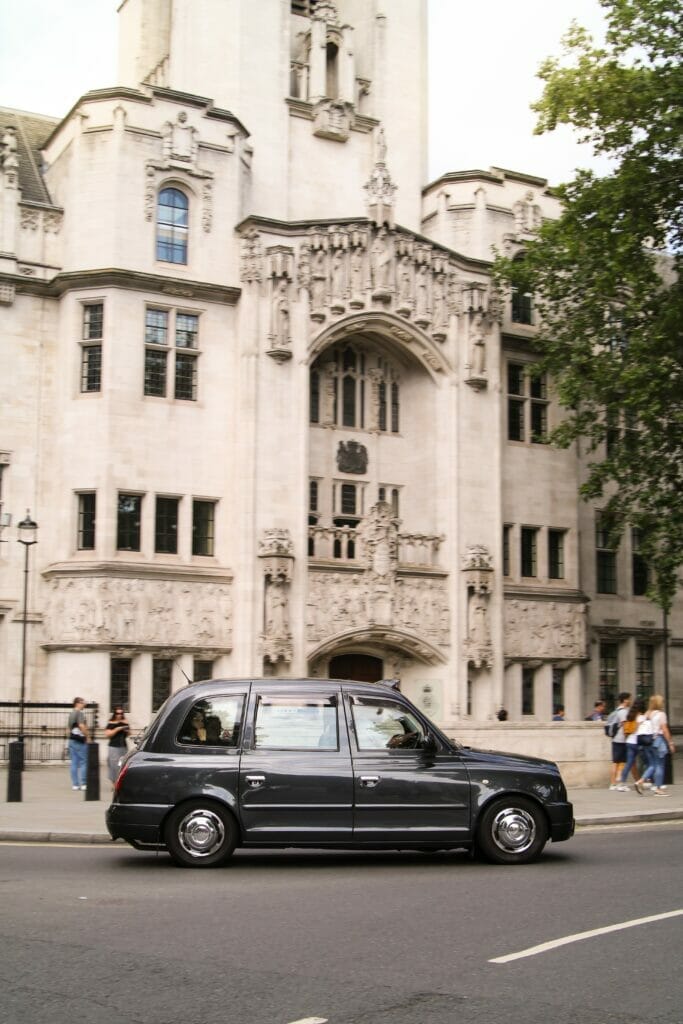
One of the reasons why black taxis are iconic in London and often better than a ride sharing service is the knowledge of the taxi drivers.
In order to be a qualified taxi driver in London, you have to pass an incredibly difficult test called the “Knowledge” which essentially requires you to navigate around London (including random side streets) without any sort of GPS.
They’ve got to know the streets inside and out, and this means that they know all the best routes to your destination and can easily divert through traffic or find shortcuts to get you there faster.
11. St. Paul’s Cathedral survived 57 nights of bombing during World War II

St. Paul’s Cathedral took quite the beating in World War II, with 57 nights of bombing.
In fact, the dome of St. Paul’s was destroyed by a bomb during the war and had to be rebuilt, along with much of London.
12. The London Underground has 272 stations!
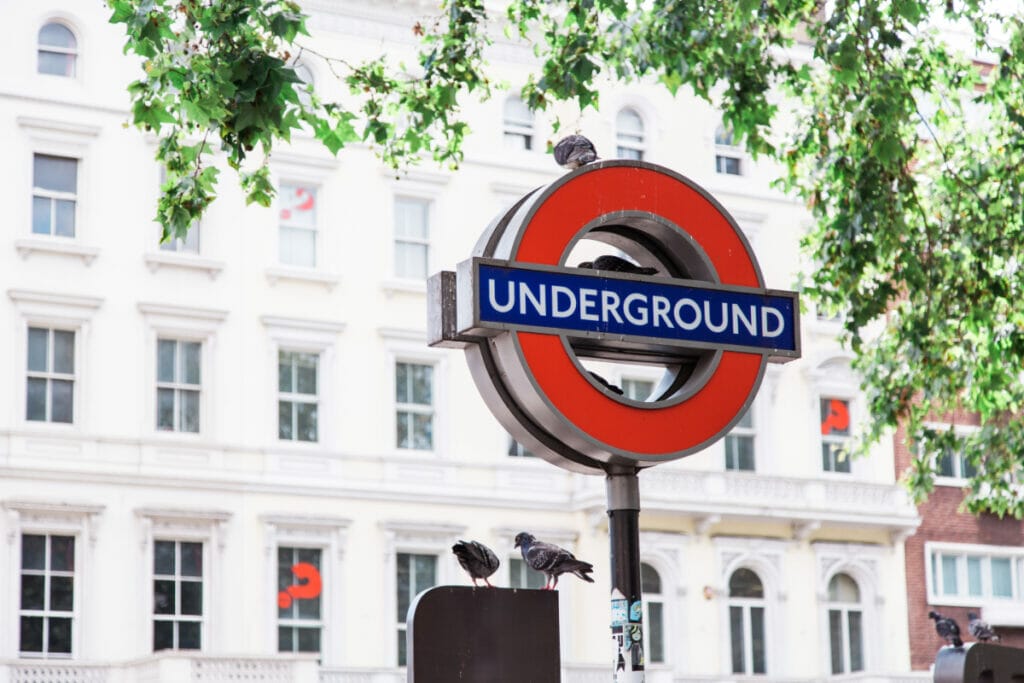
The London Underground is the most popular way of getting around in London, as it’s very convenient, covers the vast majority of the city, and is beloved for its iconic design.
Did you know that there are currently 272 London Underground stations?
This number doesn’t stay stagnant, as new lines and stations are gradually added (or closed), so this is a fun London trivia question to use!
Fun Facts about London
13. Covent Garden was originally the convent garden for Westminster Abbey

People are always confused by the name, “Covent Garden,” when in fact it is a market and shopping and dining area today with no actual greenery that would indicate a garden.
The name actually comes from its history as the garden and peaceful space for Westminster Abbey, which isn’t too far down the road.
14. The London Eye was built for the Millennium, and then was never taken down!
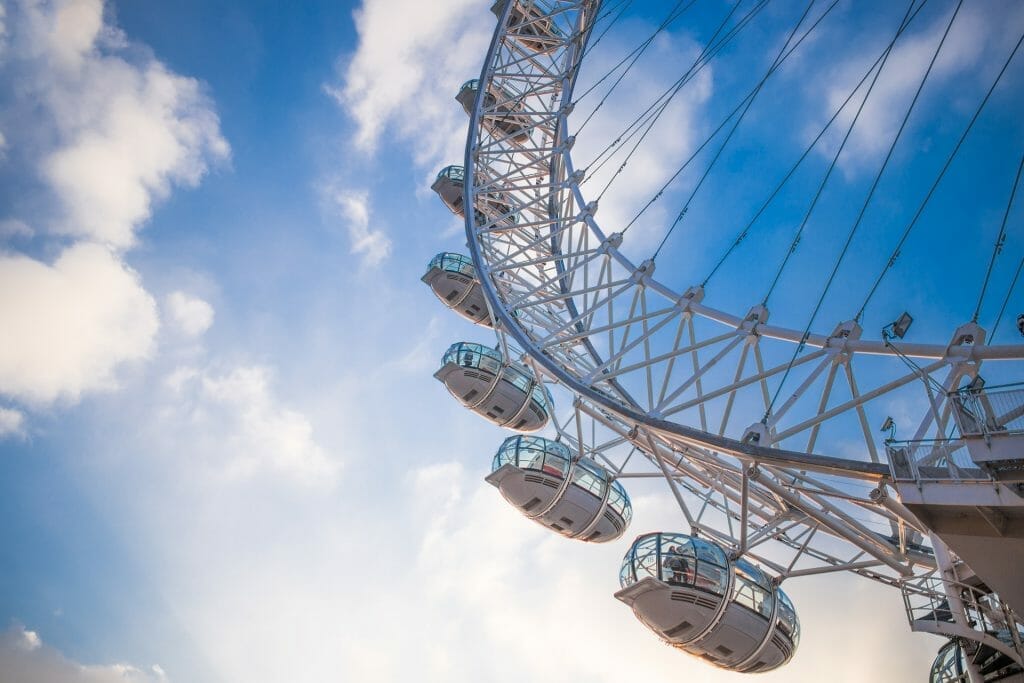
Built for the year 2000, the London Eye was actually built to celebrate the Millennium and was not necessarily intended to stay up forever.
However, 23 years later, it’s still going strong and has become an important attractions on the banks of the Thames and a must-do for many visitors.
15. “The City,” in Roman times, had walls
As you walk through the City of London (which we talked about previously), you may notice spaces where they have preserved the Roman walls that were once there.
One of the most noticeable places is Tower Hill, near the Tower Hill tube station, as there is a remaining section of wall that still stands.
This reinforces the idea that London really was originally the city, as it was walled in and anything outside of that was not considered to be London at all.
16. “Legible London” maps
One of the absolutely amazing things about London is that there are pedestrian maps dotted all around the city, built for visitors to help them navigate their way.
You can barely walk through Central London for more than a couple of minutes without seeing one of these maps, and they are all thanks to a movement called “Legible London.”
Today, they are used by both visitors and locals who just want a quick peek at a map to make sure they’re headed in the right direction.
17. Churchill War Rooms in World War II

You might have heard about the Churchill War Rooms being an important London landmark and thing to do, but do you know why?
With 27 rooms, all underground, the Churchill War Rooms were the fortified center for British operations in World War II.
It was here that Churchill and other military figures led the war efforts from London, hidden away and protected from the danger of bombs or other attacks.
18. Trafalgar Square’s Fourth Plinth
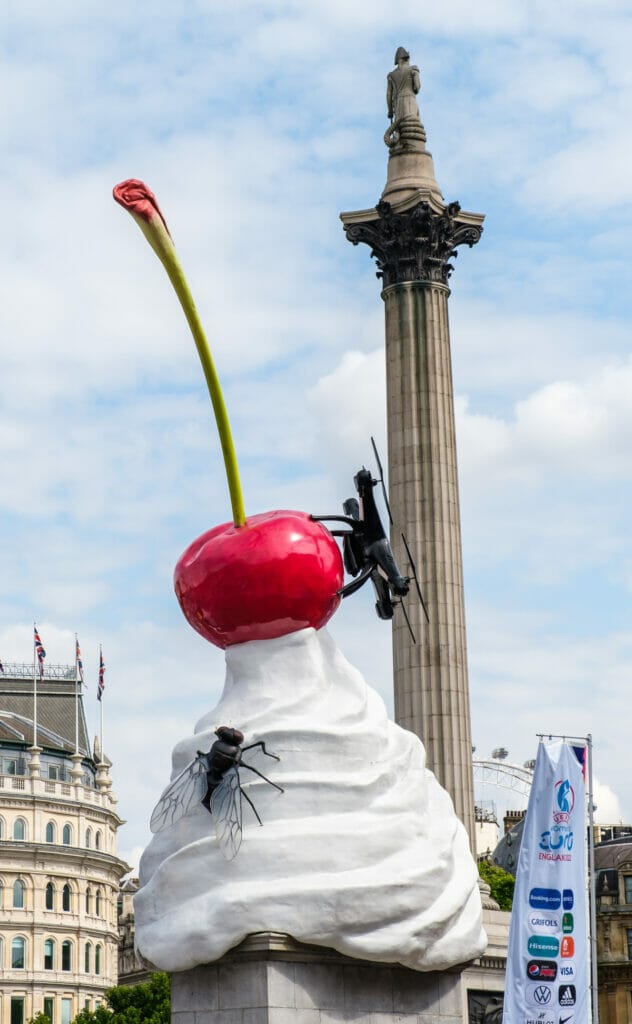
There are four “plinths,” or statues that surround Trafalgar Square, with three that are always the same and the remaining one which often has some sort of art piece on top of it.
This is known as the Fourth Plinth, an ever-changing space for statues that rotates throughout the years.
And the original reason why it was empty?
It was supposed to hold a statue of William IV, but the funds ran out back in the original days of designing the square, hence why there was no existing statue here.
19. Cannons in Nelson Memorial
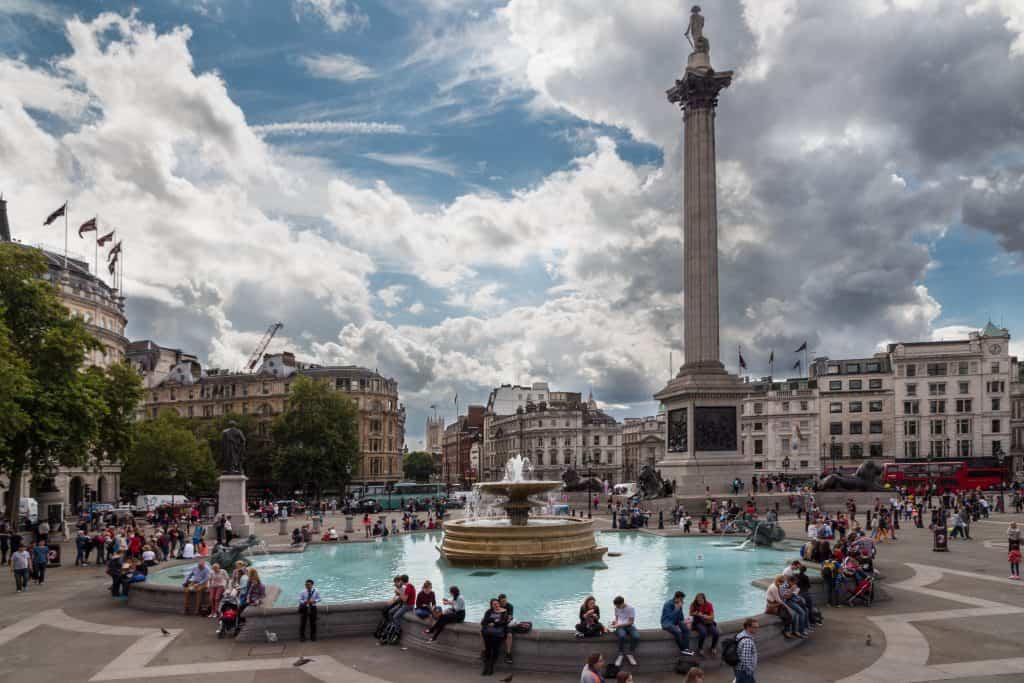
The Nelson Memorial, the iconic memorial that stands in the middle of Trafalgar Square commemorates Horatio Nelson’s victory at the Battle of Trafalgar.
Included in the memorial are actually melted down cannons!
20. The Royal Standard
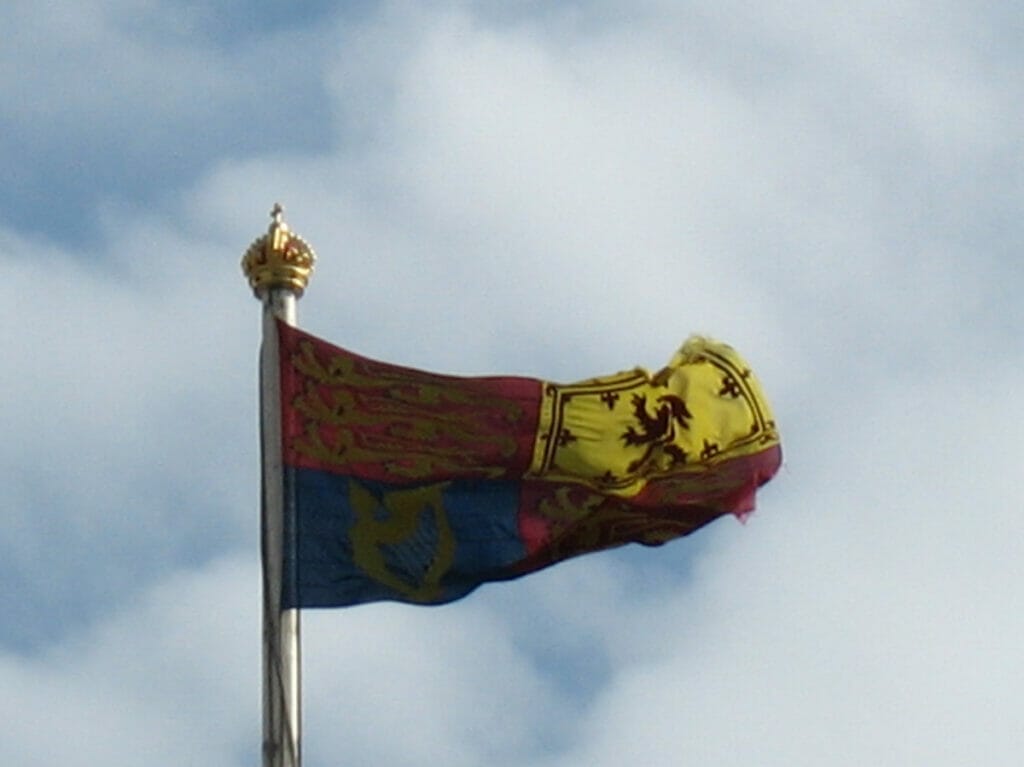
Anytime you visit Buckingham Palace, you’ll see a flag flying above.
When the King is in, the royal standard flies above Buckingham Palace (red, yellow, blue flag).
When he’s not in, you’ll see the Union Jack.
21. The ravens at the Tower of London only respond to the Ravenmaster
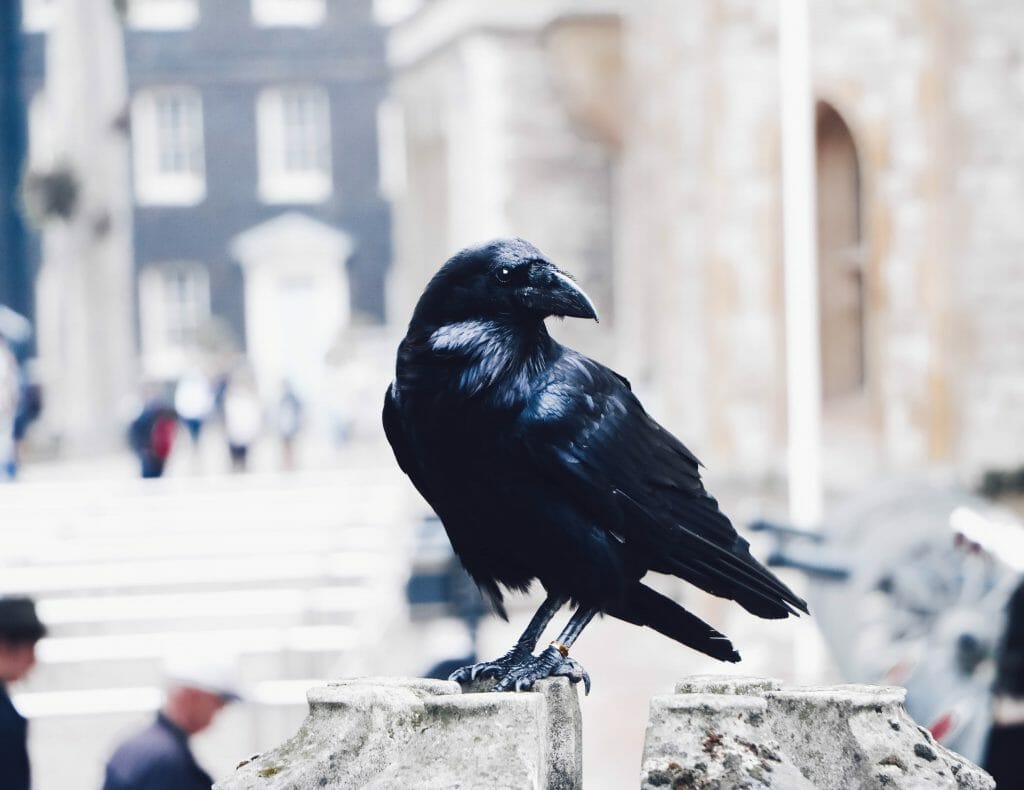
The Tower of London ravens are an important part of the Tower of London’s history and culture, and you may pass them as you walk around the Tower.
There are always 6 of them in total, and they are incredibly intelligent birds who are trained to only respond to the ravenmaster.
22. Millennium Bridge’s shaky foundations
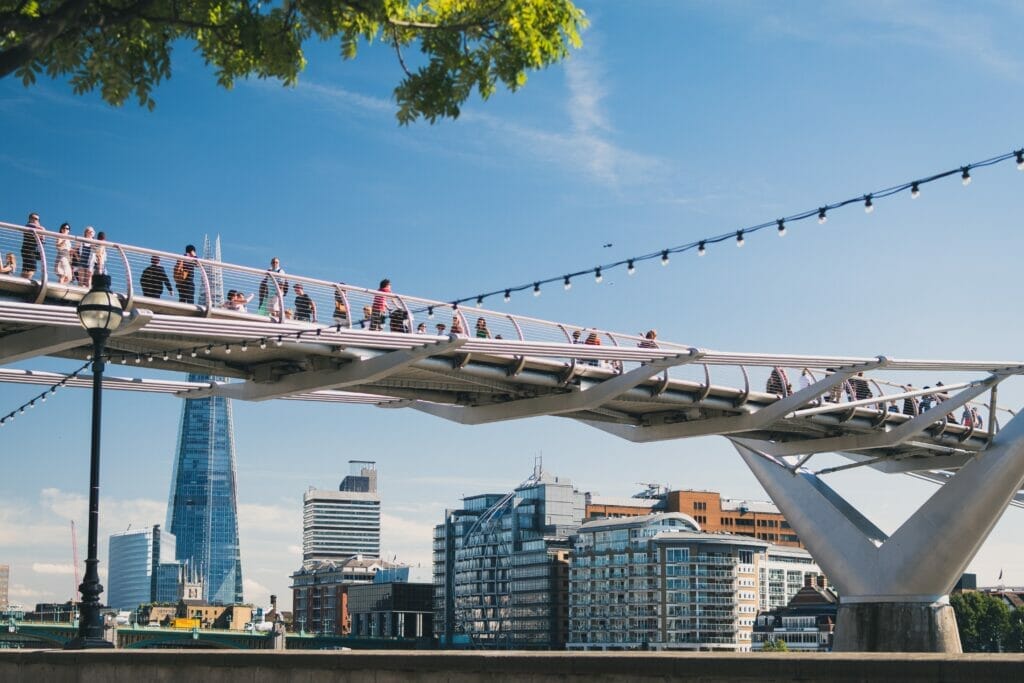
The Millennium Bridge was the first bridge in London built in the new century, though at first it wasn’t as sturdy as had been hoped.
The original bridge shook when you walked on it, causing significant vibrations and the closure of the bridge a couple of days or so after opening.
Structural works were carried out and the bridge was reinforced, so today you won’t feel any swaying motion – thank goodness!
23. Shakespeare’s Globe (the replica) was the first thatched roof in London since the Great Fire of 1666
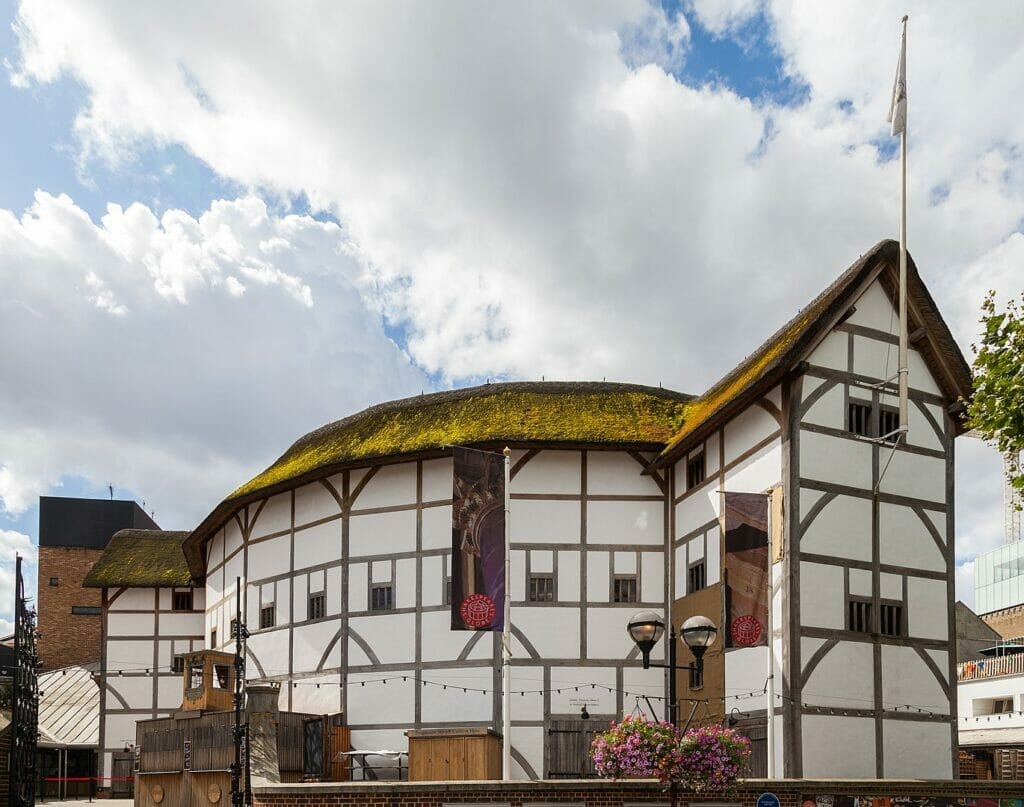
Thatched roofs were avoided after the Great Fire in London, and for good reason, but the original Shakespeare’s Globe did have a thatched roof.
So, for accuracy’s sake, the replica Shakespeare’s Globe (the one that stands today), was the first thatched roof built in London since the Great Fire.
24. Southwark’s hiddden past
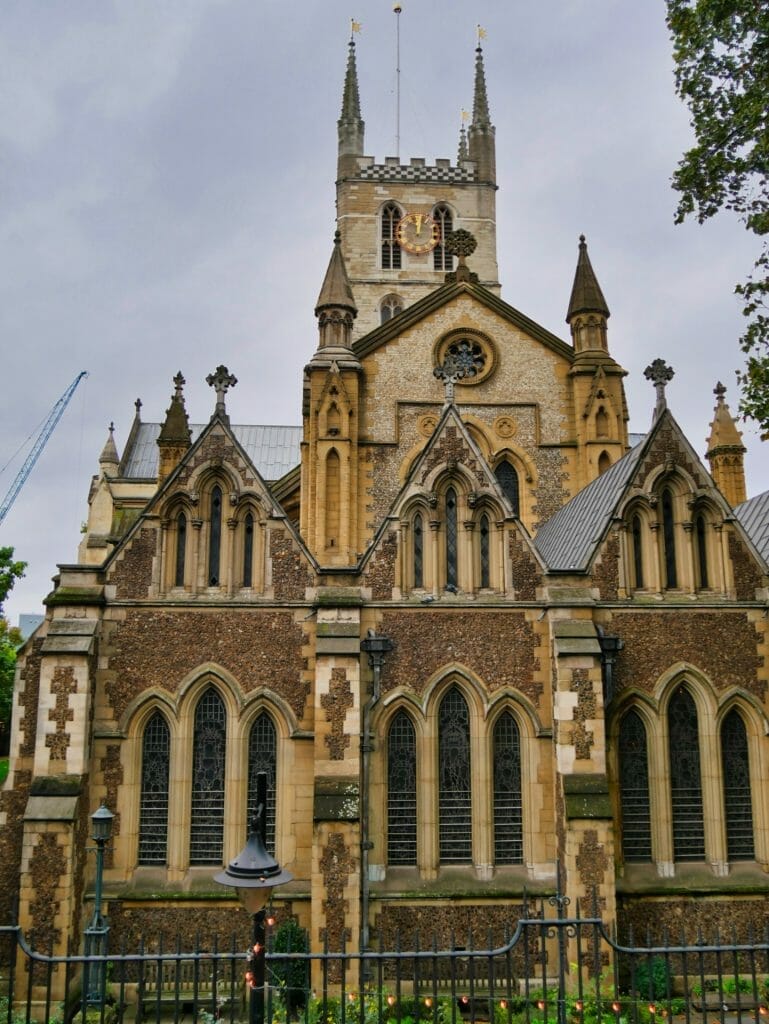
Today as you walk through Southwark, you’ll see lots of beautiful buildings and a serene way of life.
It wasn’t always that way though!
This area used to be filled with debauchery and lawlessness, including brothels, fighting, and more.
25. The Golden Hinde ship replica
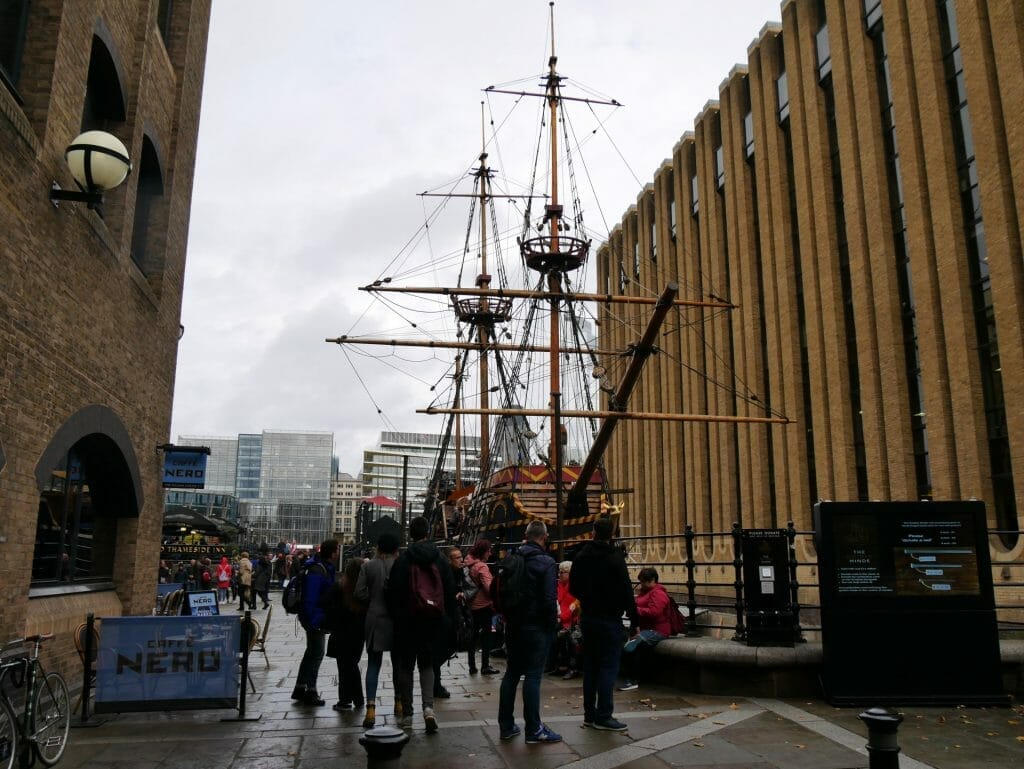
If you walk past a moored, fit-for-an-explorer ship along the banks of the River Thames, it’s the Golden Hinde!
This is a full replica of the ship sailed by Sir Francis Drake, the first to circumnavigate the globe.
26. City Hall is nicknamed “the armadillo”
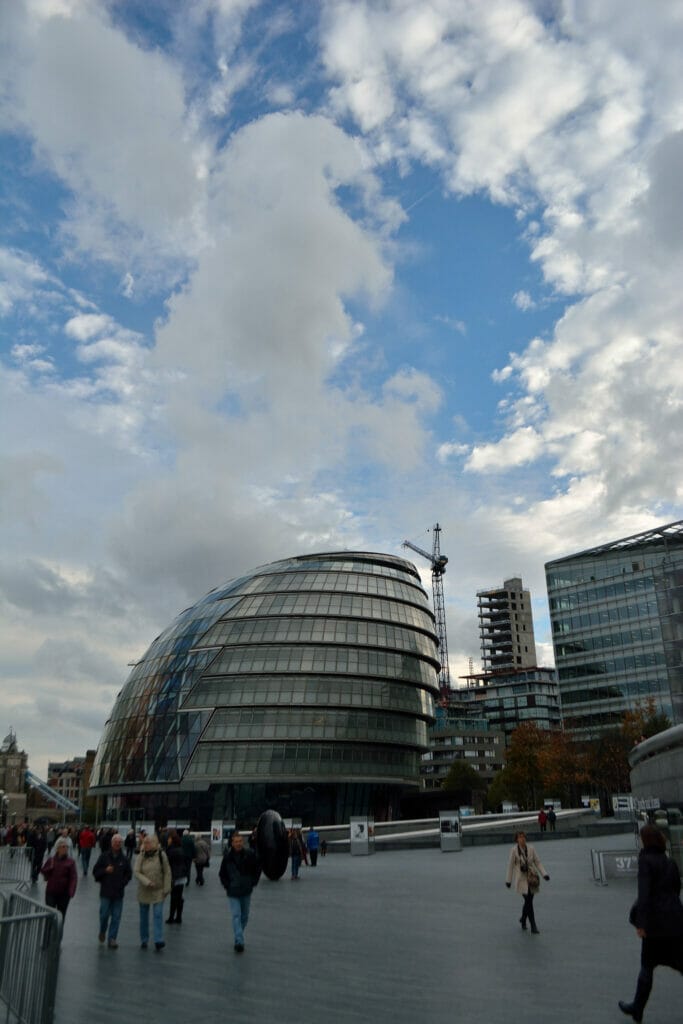
Take one look at London’s City hall and you’ll understand where it gets this nickname.
27. Saw your leg off, anyone?
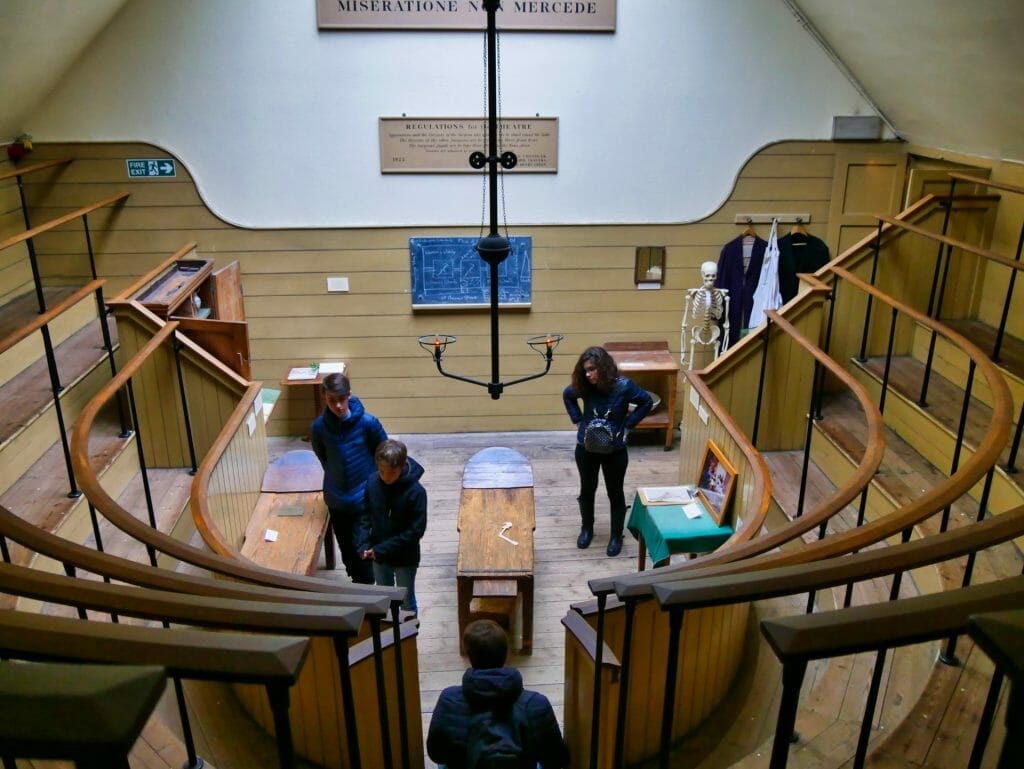
Britain’s oldest operating theatre, today a museum, used to use saws with no anesthetic to amputate.
Um, no thanks!
28. Westminster Cathedral is the largest Catholic church in England
While Catholicism is not one of the more popular religion’s in England (as the official religion, the Church of England, is Anglican), London is home to the largest Catholic church in the country at Westminster Cathedral.
This is different from Westminster Abbey, in case you’re wondering.
29. Hyde Park was originally the hunting grounds of Henry VIII

Hyde Park, today the largest park in London, started its life as a royal space for hunting.
Henry VIII liked to use this area for hunting for sport, though today that history is long gone and of course there is no hunting within London parks.
30. London’s Olympic games in 2012 were the greenest games ever
Environmentally-friendly was the name of the game at the 2012 London Olympics, when they welcomed the world for a summer of sport.
Great strides were taken to ensure that these were the “greenest” games ever when it came to impact on the environment, including plenty of reused venues.
31. Harry Potter and the Sorcerer’s Stone’s iconic scene
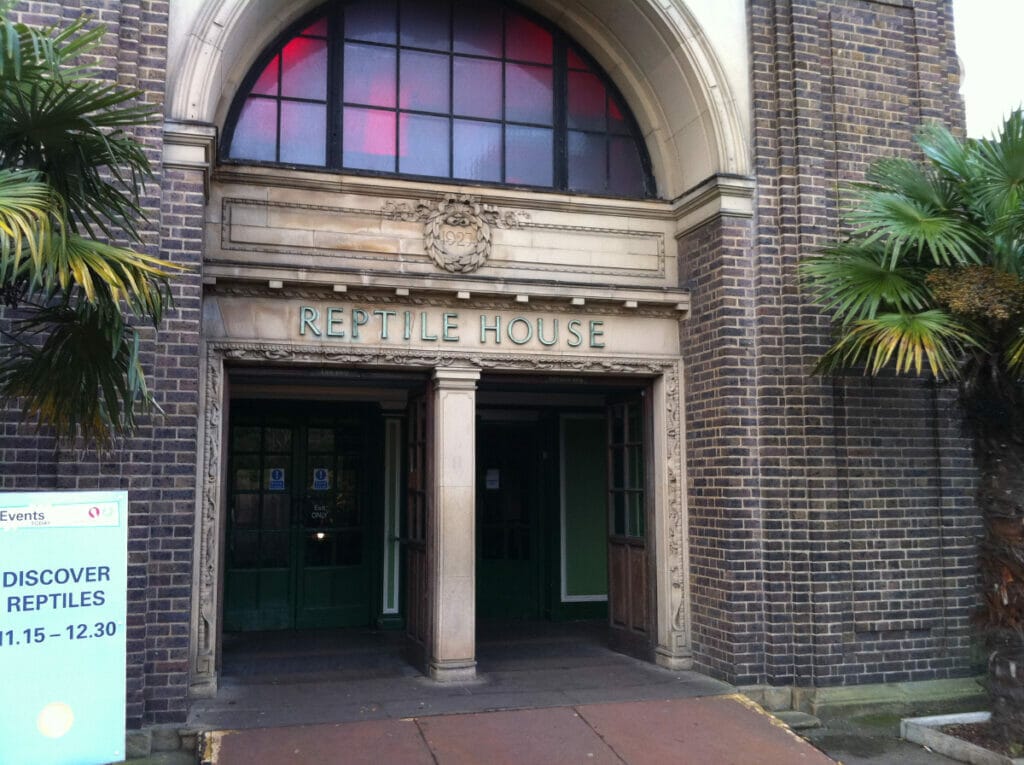
If you’ve seen the first Harry Potter film, you’ll know the iconic scene where a snake breaks out of the glass at the zoo after Harry “speaks” to it.
This scene was filmed at the Reptile House in London Zoo, and it’s one of the fun Harry Potter locations in London that you can visit today!
32. World’s first traffic light
It was in 1868 that the world’s first traffic light arrived on the scene, built in the area that is now Whitehall in London.
Interesting Facts about London
33. Plenty of plane trees
One of the most popular trees in London is the “plane tree,” which has waxy leaves and bark that regenerates
34. Downing Street gates
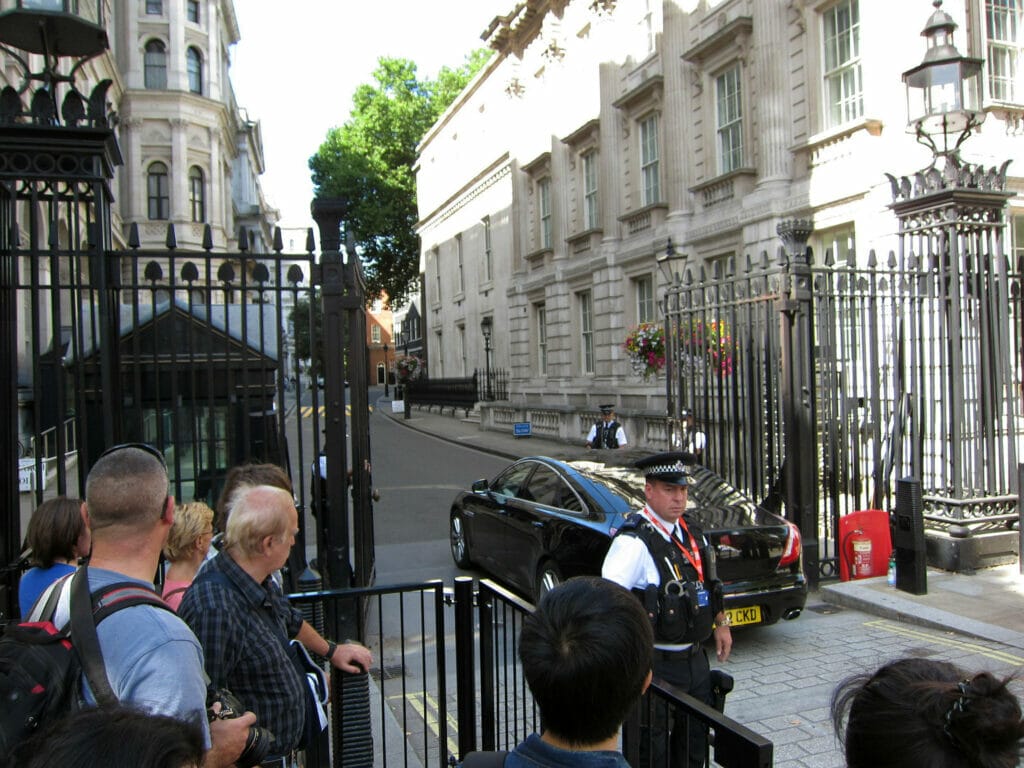
The guarded metal gates outside of 10 Downing Street were installed in 1989 during the Irish Troubles to provide extra protection for government officials and the Prime Minister.
Prior to that, you could stroll right on by!
35. Westminster Abbey has over 3,000 tombs
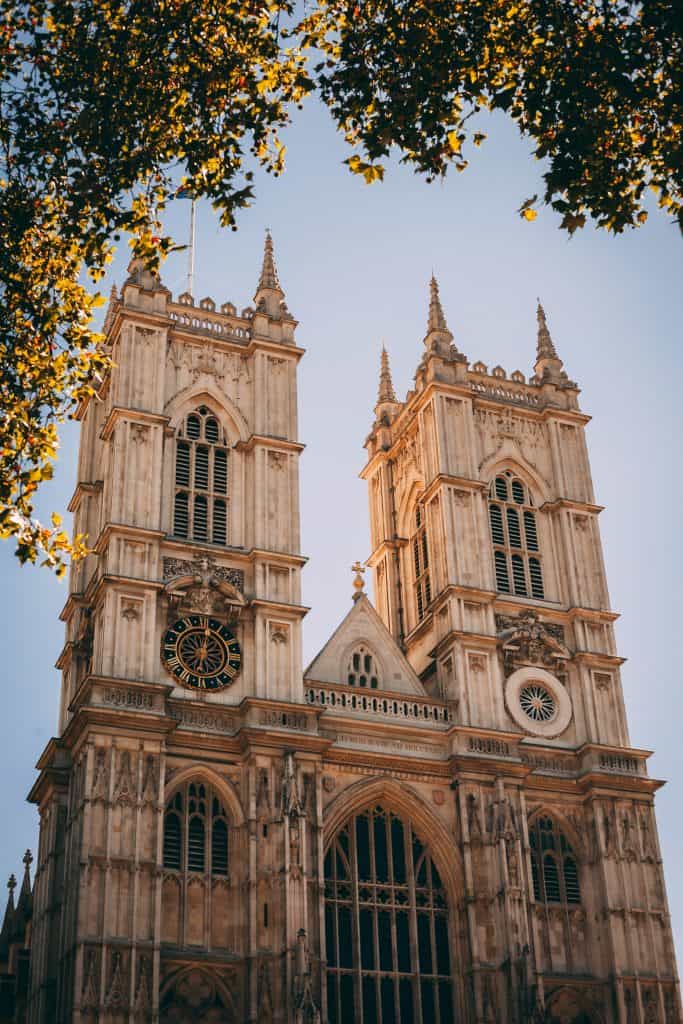
Westminster Abbey isn’t just a working abbey, but also a final resting place for many.
As you wander along the graves, you’ll notice important names in British history like Charles Darwin, Charles Dickens, and Rudyard Kipling.
36. The British Library has over 180 miles of shelving and the deepest basement in London
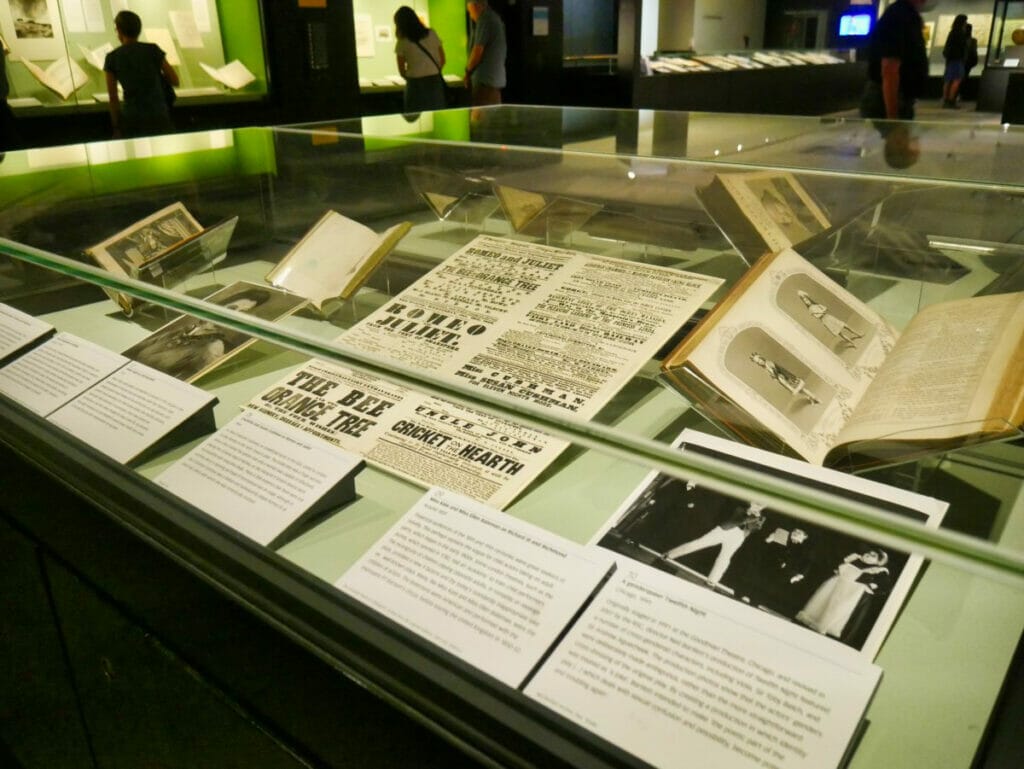
The British Library is a must-visit on any romp through London, and while you can’t see the deepest basement in London for yourself, you can check out their wonderful permanent exhibits as well as some of the miles of shelves!
37. In the 1700s, London was filled with coffee houses, not tea rooms!

Before London was known for all of its afternoon teas, it was popular for coffeehouses!
In the 1700s, London had a coffee craze and the popular drink swept the city.
Coffee houses were used as places to meet and discuss things like politics, and the recent introduction of coffee made it a popular thing to drink, especially for those in charge.
38. Fleet Street’s Press

Fleet Street was the most important street in London for the press, hosting newspapers and reporters and there are still a few publications that are based here.
39. Why the narrow alleyways?
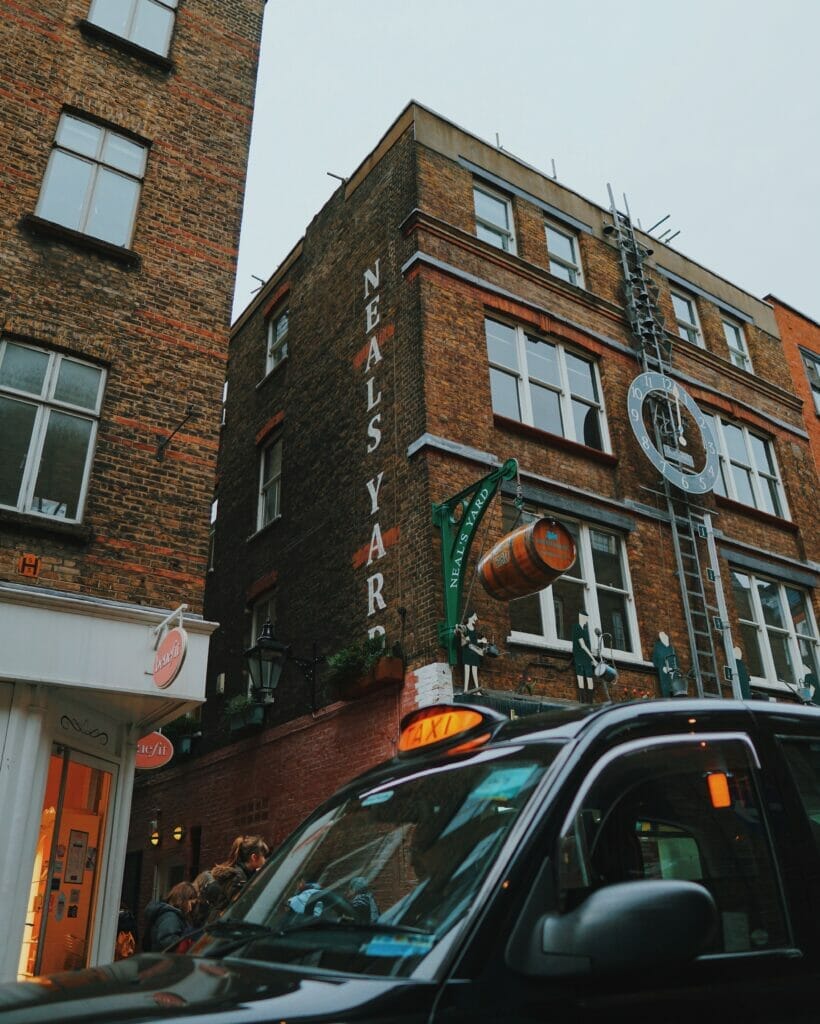
The narrow alleyways and twisting roads in London are basically street plans from medieval times.
London is a city that isn’t easily updated, so these unique roads remain (but definitely have a harder time fitting modern sized cars or people!)
40. Charles Dickens at Ye Olde Cheshire Cheese

Ye Olde Cheshire Cheese, a pub dating back to 1667, was frequented by Charles Dickens, and you can still visit it today for a drink to follow in his footsteps.
41. Who owns Peter Pan?
Great Ormond Street Hospital, a children’s hospital in London, own the rights to Peter Pan after being gifted the rights by JM Barrie in 1929
42. Whitechapel Station: Upside Down
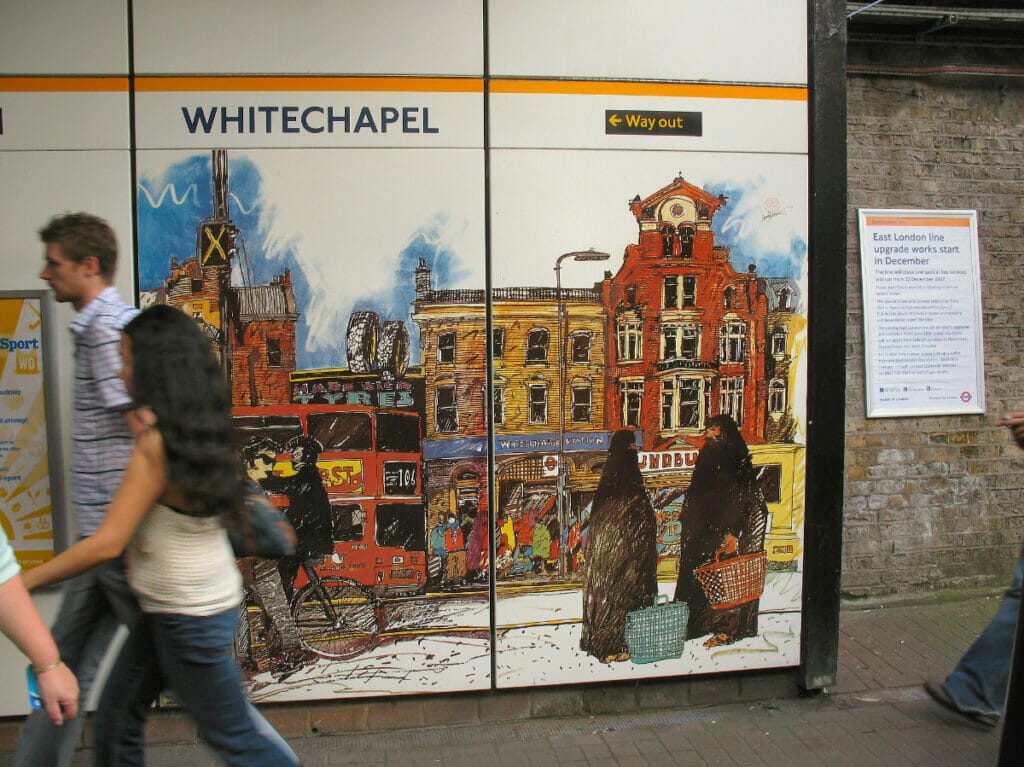
Fun London fact!
Whitechapel is the only station where the Overground is below the Underground.
43. London’s smallest public statue, The Two Mice Eating Cheese

The smallest public statue in all of London is of these two mice!
It’s pretty hard to spot, but you can find it on the building at the south end of Philpot Lane.
44. Tidal Thames
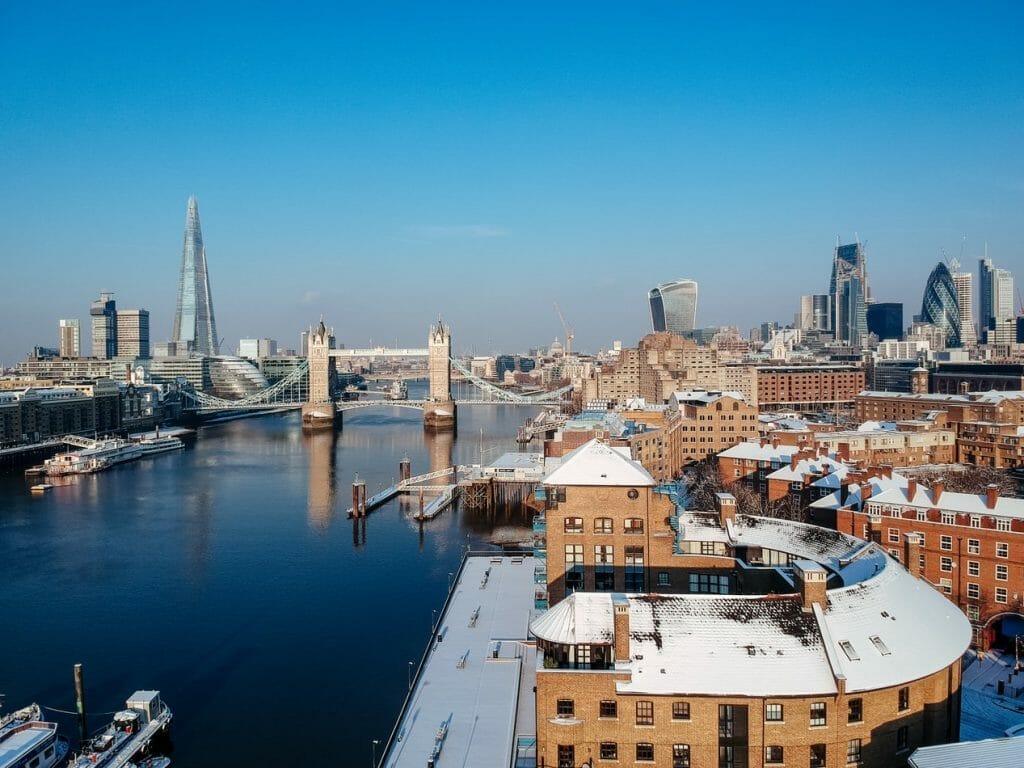
The Thames is a river with more intense tides than many city waterways.
Because it’s connected to the North Sea, it has two low tides and two high tides each day.
The constant moving of the water is what makes the Thames look so brown and murky.
45. Charles Dickens and the London Tube
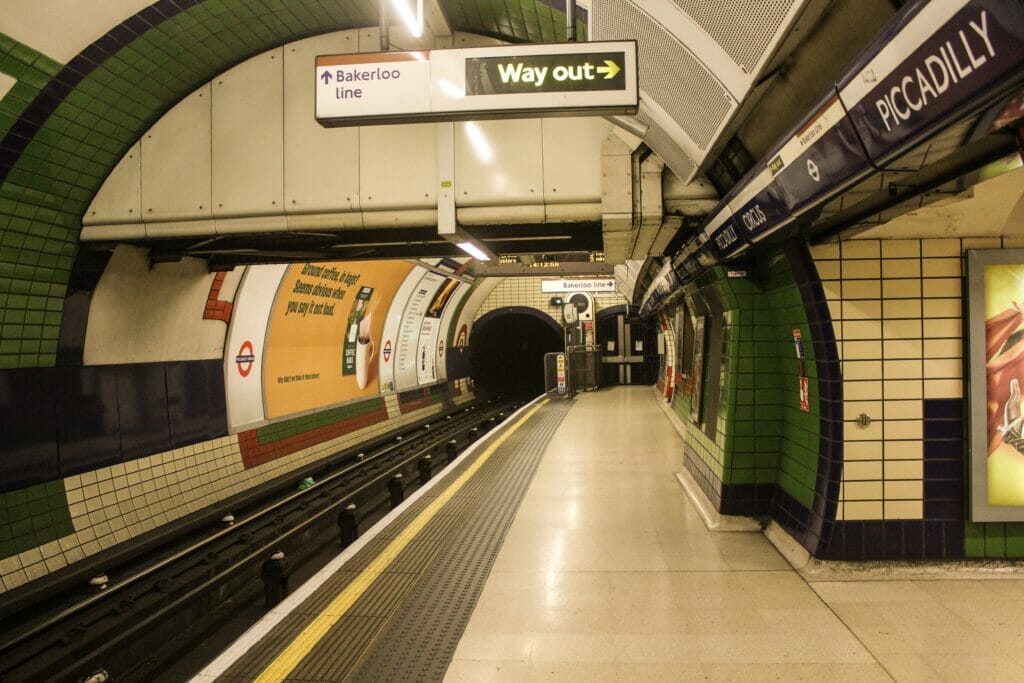
Did you know that Charles Dickens was alive at the same time as the London tube was around?
Many people think of Dickensian times as such an ancient history, with the London Underground being a more recent addition to the city, but in fact the London Underground is so old that it was around during Dickens later years.
46. Refusal to Use Escalators

Back when escalators were first introduced to the London public in tube stations, they were relatively new and many had never seen them before.
This led to a refusal from many to use the escalators at first!
47. London Stone
Ever heard of the London stone?
It’s, well, a stone, housed at 111 Cannon Street in the City of London.
No one really knows its original purpose or intentions, but it’s become an important city landmark and dates back to around 1100.
London Trivia
48. The First London Zoo

London Zoo is considered to be one of the oldest scientific zoos in the world, having opened in 1828.
It started as a place for research only, until 1847 when it was also opened to the public.
49. Find the Noses
Interesting London fact: there are seven little noses on buildings in Soho in the West End (actually not all are in the West End, but most are).
These came about as a humorous act of protest against the introduction of CCTV camera into many London streets.
Today, you can still see them, and there’s a great guide by London Walking Tours here of where to find them.
50. London Beer Flood
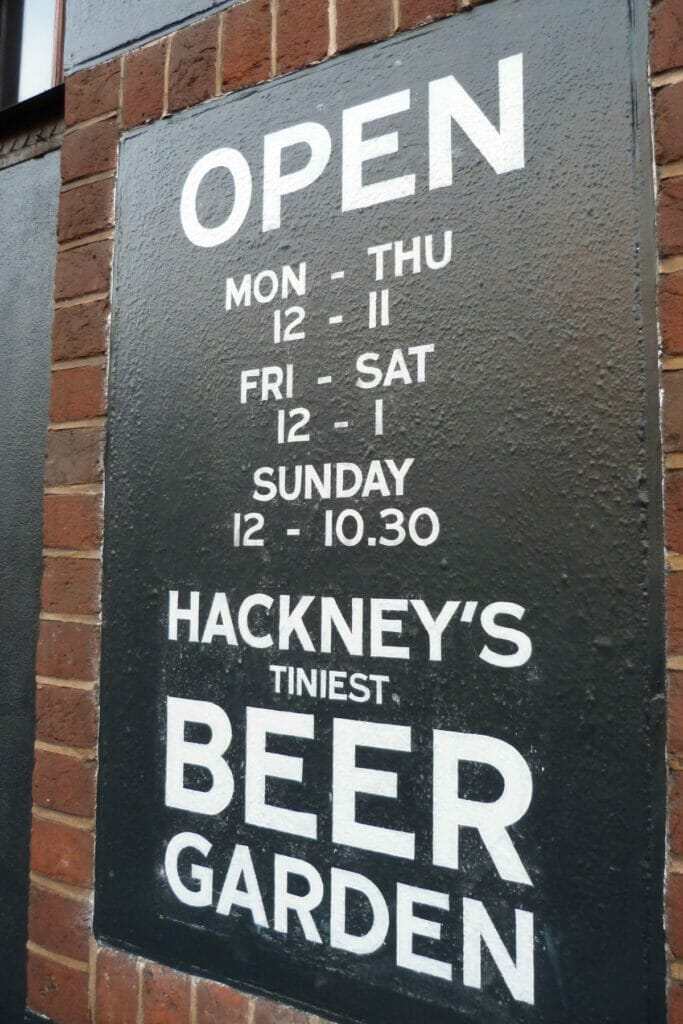
While it sounds funny, the London beer flood was quite tragic as it did claim the lives of 8 people in London in 1814.
What happened?
An accident at a brewery meant that one of the vats of porter bust open, destroying the back well of the brewery and flowing into a cellar where mourners were having a funeral.
Many people were able to escape or climb onto furniture, but unfortunately some perished.
51. Angel on the Piccadilly Fountain
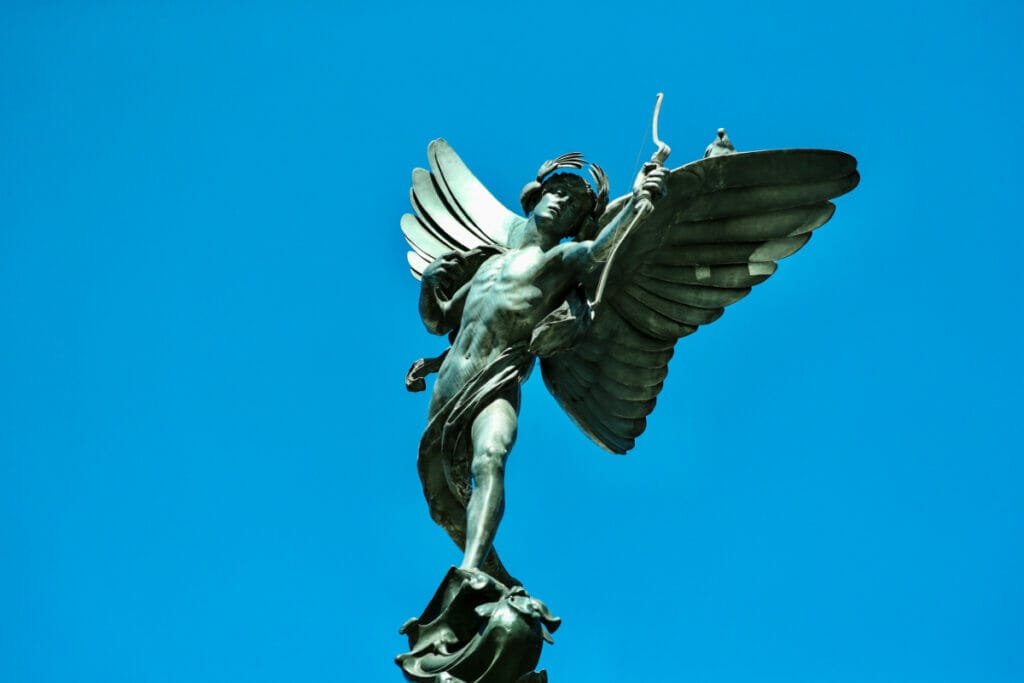
While the statue in the middle of Piccadilly Circus is one of the best known in London, there’s actually a slight problem.
Most people think of it as the Eros statue, but in fact it’s a statue of Anteros, his sibling!
It’s been moved around several times in London history, including during the wars, and there was a bit of a kerfuffle about the nakedness when it was first built.
Today, most don’t give it a second look and just accept it as an iconic part of this area.
52. Hawker Hunter Tower Bridge Incident
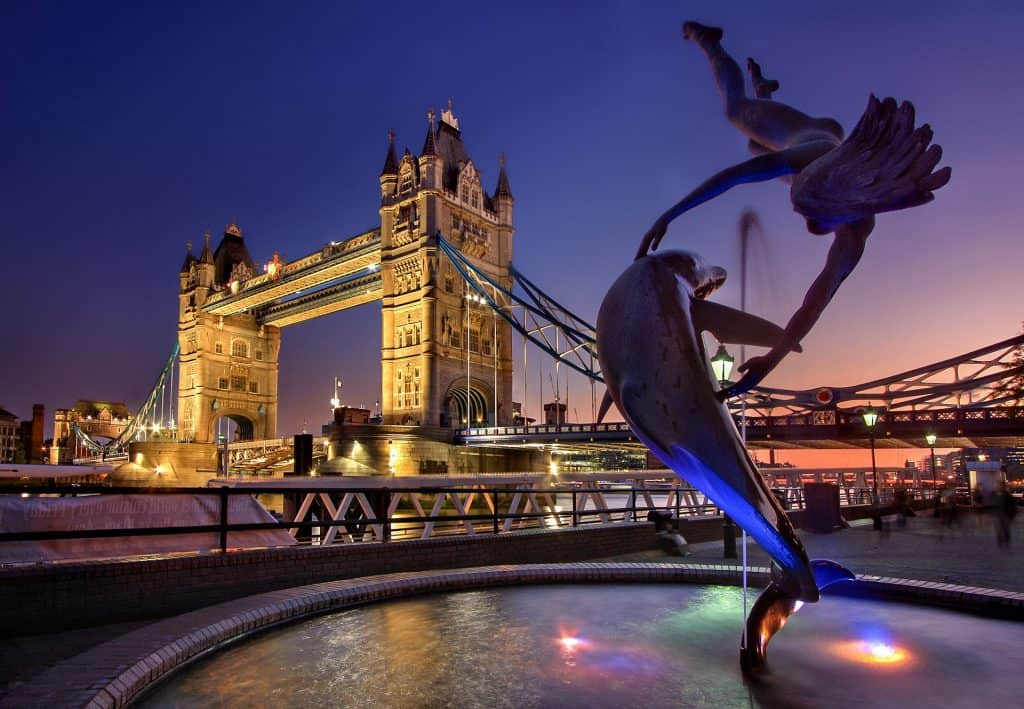
It was the 50th anniversary of the RAF, Royal Air Force, and one pilot, Alan Pollock, felt that the Ministry of Defence should recognize this occasion more than they had planned on doing.
So he took it upon himself to break protocol and fly a jet through Tower Bridge in London.
He was the first to do this daring feat in a jet aircraft, and the last since he was arrested and stripped of flying privileges when he got back to the ground.
53. London Parakeets

Did you know that there are many wild parakeets in London?
They’re called ring-necked parakeets and they come from Pakistan and other parts of northern India.
Of course, they didn’t fly here on their own.
Experts believe they would have arrived in London after being taken from the wild and being brought as exotic pets to the UK, and then being released by their owners who no longer wanted to care for them.
Now there’s a healthy parakeet population in their non-native London!
54. Albert the Bus Driver

Want to hear a true London legend?
In 1952, Albert Gunter was doing his normal rounds in London, driving a bus through the city streets.
As he was approaching Tower Bridge, the road in front of him started to rise as the bridge was being drawn up without warning from the watchman.
In a split second, he decided to accelerate, and in doing so, cleared the gap and 6 foot drop and made it to the other side with all passengers having only injuries.
No lives were lost, and he was thanked for his service and bravery with £10.
55. Savoy Court: Drive on the Right
There’s only one place in London where you drive on the right hand side of the road, and that’s on the private property of Savoy Court.
Why?
It started because it was easier for traffic to flow this way as taxis could drop off without needing to turn around and because it is private land, it does not go against the laws of UK traffic.
56. Nelson Surveying his Fleet
Take a look at the Nelson statue in Trafalgar Square.
See Nelson?
Here’s up there, surveying his fleet!
The reason he’s looking down the Mall is because the lampposts have his ships on them, and he’s keeping them all in sight.
57. Only 45% of the Underground Stations are Underground
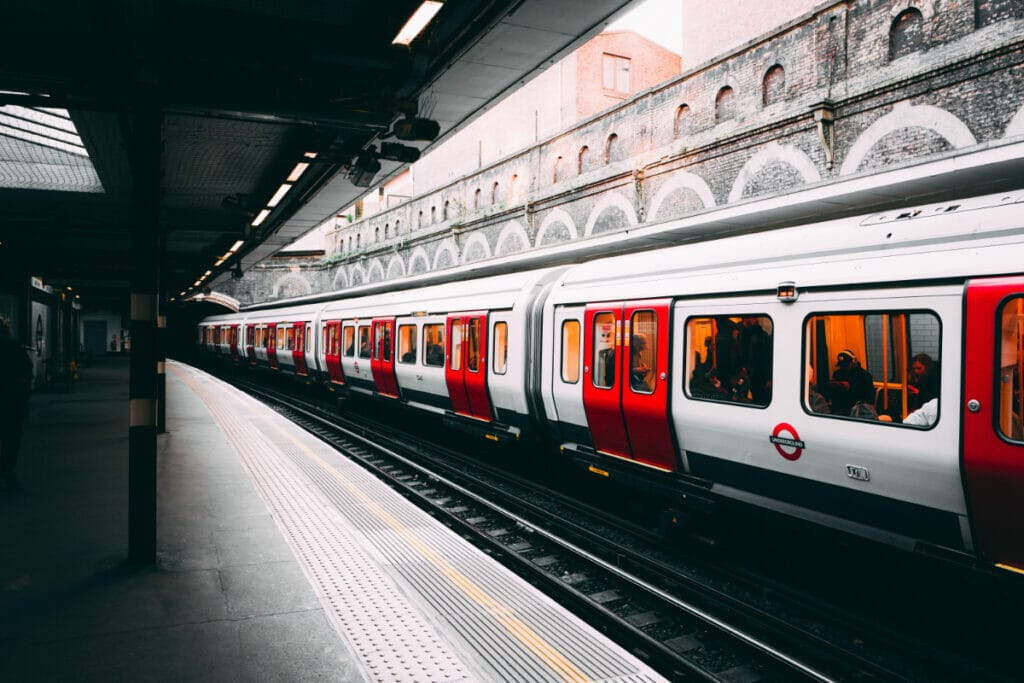
Okay, so it’s called the London Underground, but as you may notice as soon as you take it, not all of it is actually underground.
In fact, only 45% of it is, and you’ll find plenty of stops that are well and truly above ground, allowing you to see London as you whizz by.
58. Jerry Springer was Born in Highgate Station
Yes, that Jerry Spring, the American confrontational television host, was actually born in London.
Not only that, but he was born in a tube station, Highgate Station, when it was used as a shelter during World War II!
59. The origin of Mile End
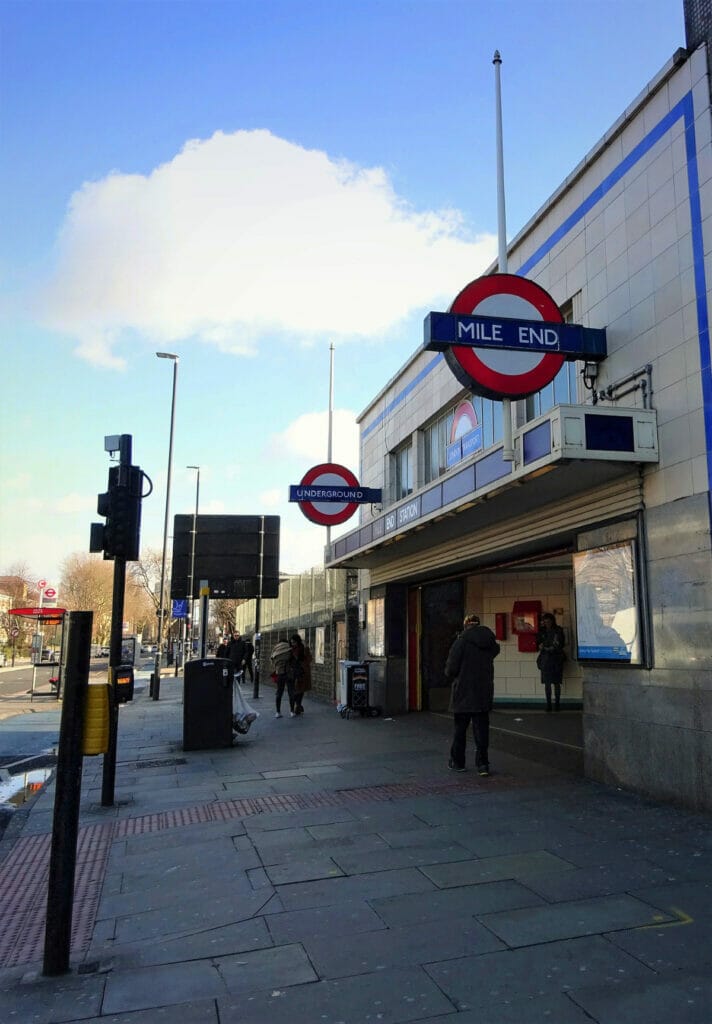
Why is Mile End, in East London, named this?
It used to be a hamlet that was one mile from Aldgate, as part of an ancient route into Londno.
Thus, it was also one mile from there to the entrance to London back in the day.

